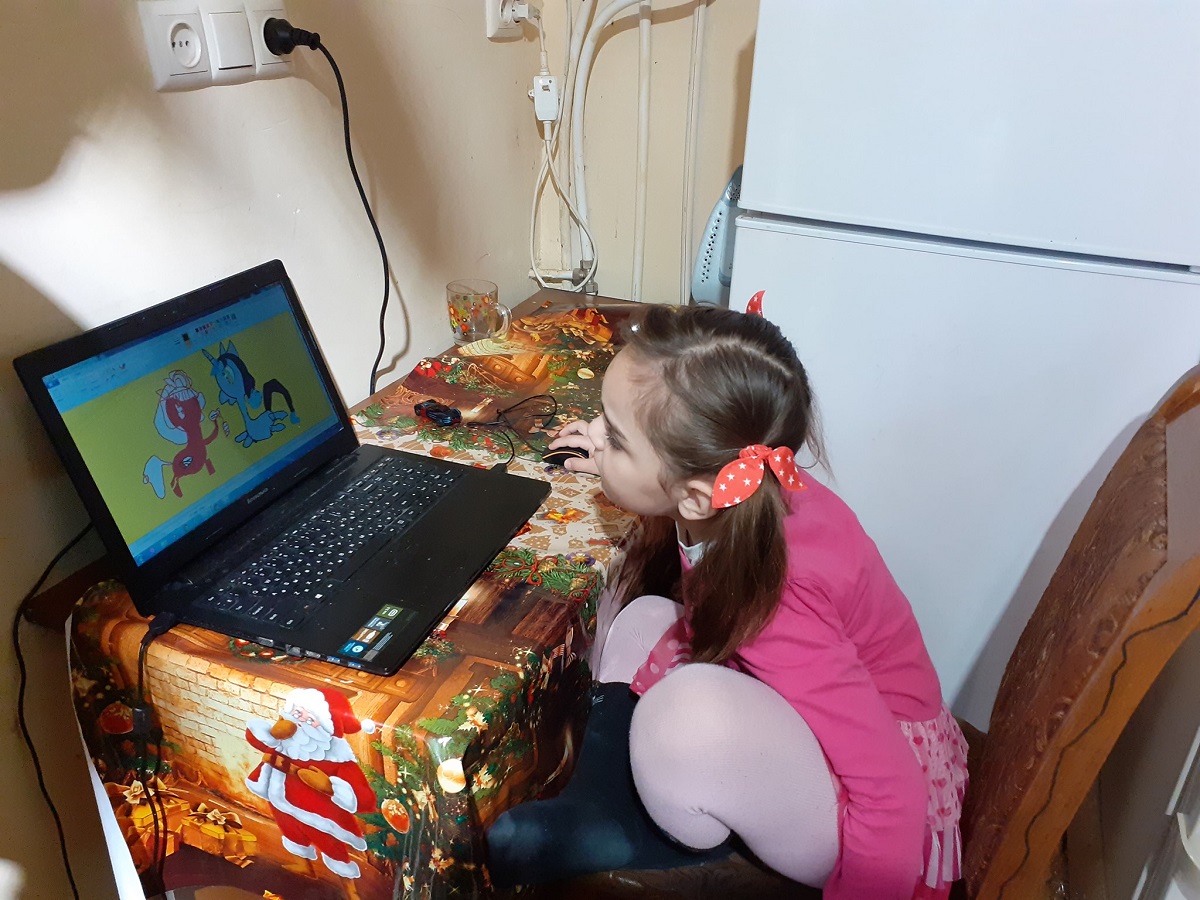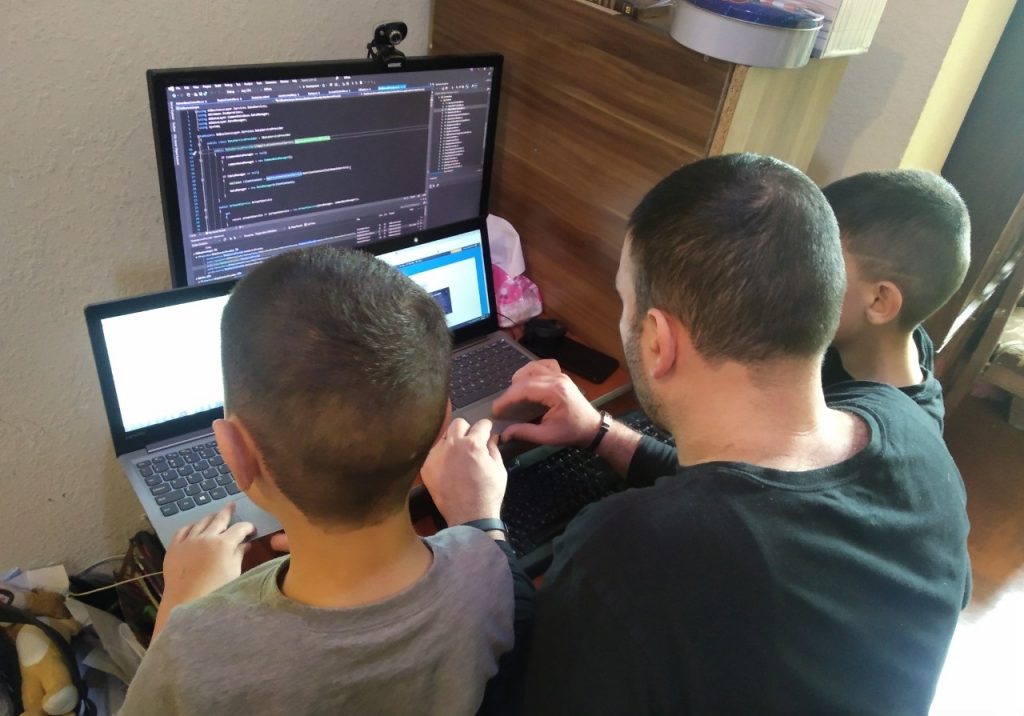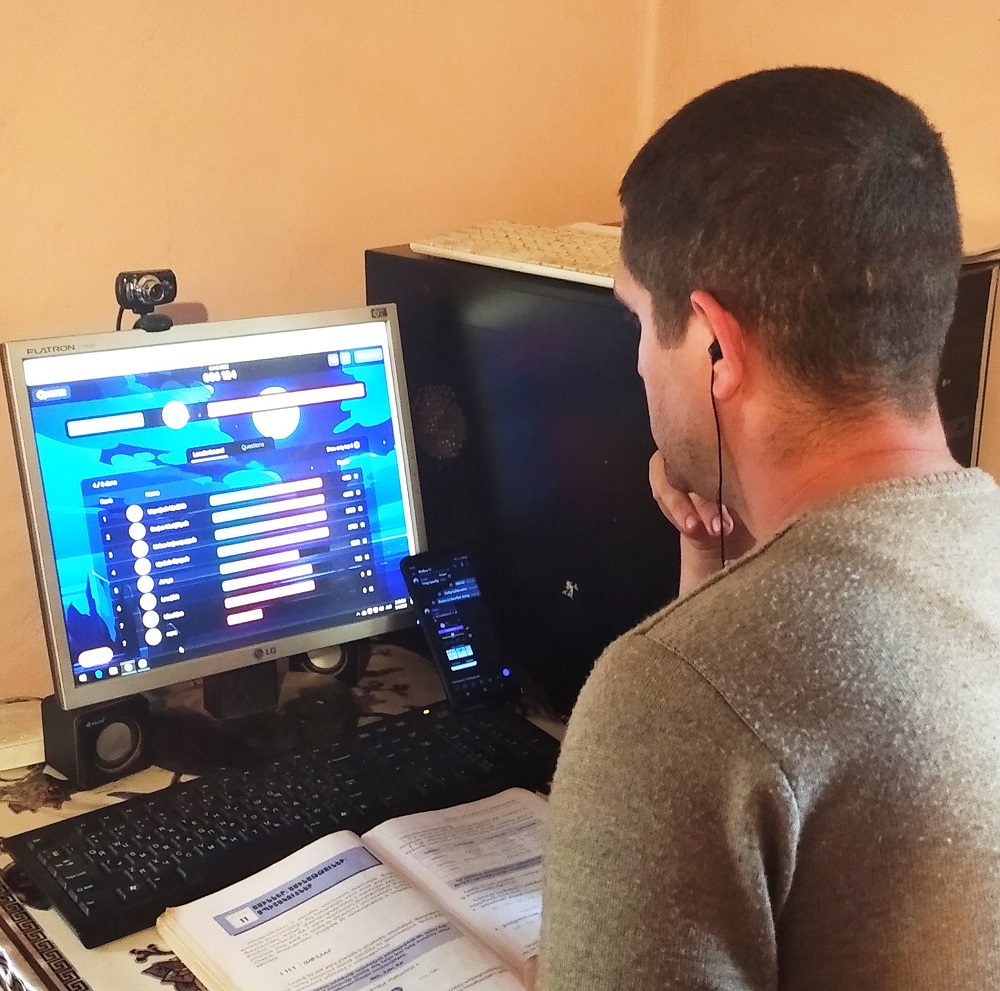Distance learning in Armenia – the consequences of coronavirus that will outlive the epidemic
The spread of coronavirus forced all educational institutions in Armenia to close. Since March 13, all schools, colleges and universities of Armenia have switched to distance learning.
This caused approximately 10 percent of students and teachers drop out of the educational system, as they simply did not have the proper technology to support the switch. Armenians in the regions found themselves in need of over 21,000 gadgets.
The Ministry of Education has begun collecting devices across the country. International and business organizations, individuals and politicians joined the initiative. The equipment from computer rooms in schools was transferred to the homes of students and teachers.
In addition, the public television channel began broadcasting various lessons daily.
All three telecommunication companies operating in the country began to work to help the educational system. They dedicated a channel to broadcasting lessons 24 hours a day, and also created a YouTube channel on which all the lessons are uploaded. Moreover, users can view them for free, without having to pay a fee.
In the process, another problem has arisen – teachers are unprepared to work in the new format.
Nevertheless, the whole country switched over to distance learning. Teachers, students and their families had to adapt to new conditions.

One family’s story
Sona Ghazinyan has three sons. The older two, Tigran and Leon, study at the Mkhitar Sebastatsi Educational Center. It is difficult for the youngest to understand that the brothers are busy, and not just playing computer games or watching cartoons. He often interrupts them and interferes with their studies, demanding that they include him in their computer “games.”
“My husband works from home these days, so the task of organizing the children’s schedules falls on me. I try to make sure that everyone is happy – the kids are getting fresh air, eating vitamin-rich foods, the youngest goes to bed on time. These are the priorities for our family,” says Sona.

She says that the first half of the day is devoted to lessons, and that evening is family time, meaning the children are no longer allowed to study or watch cartoons. She and her husband make up developmental games for their boys to compensate for the lack of communication with schoolmates.

“We don’t always manage to get everything done. Although children do their homework on their own, you still need to be watch over them. It’s impossible to be an ideal mom, especially these days. But I don’t use telephones or televisions to make my life easier,” says Sona.
The Ghazinyan family has transitioned to a new lifestyle, which creates the most stress for parents. They are glad for the opportunity to spend a lot of time with their children, but they think that they will soon be exhausted by this new schedule.
The kids miss school and their friends
Sona’s eldest son, Tigran, loves distance learning. He says that it’s not difficult for him to do homework, as he has been blogging for several years. At school, he had previously completed assignments on a computer.
“After my online lessons, I call my classmates, tak with them, decide whose house we will go to after quarantine, what games we will play. We played a lot at school, and I miss my friends and teacher,” says Tigran.
Karine Hovhannisyan also misses talking with friends. She is in the sixth grade at a school in Yerevan. At first, it was difficult for her to get used to doing lessons over the computer.
“But less than a week later, we all learned to participate in the lessons without any problem. We did not miss a single topic, got our homework, made drawings, sent work to teachers by email, and did assignments through the My School computer program,” says Karine.
She says that sometimes, funny situations arise during her online lessons, sometimes the connection is interrupted, one of the children begins to cough or mess around, or family members interfere with the lessons:
“We’re all careful not to make the teacher angry so that we don’t fail the lesson. If someone else is answering a question, you can’t interrupt them, or interrupt other people’s conversations. It was easier in the classroom because we helped each other.”

Karine and her classmates consider the ministry’s decision not to count grades students receive during distance learning unfair:
“We participate in classes, and do our homework and assignments every day. If our grades weren’t going to be counted, they should have told us about it earlier.”
A teacher’s perspective on distance learning
Asmik Saribekyan, an English teacher, is actively involved in the development of educational reforms.
She says that distance learning has given teachers the chance to gain new knowledge and apply new educational methods and tools. The teachers who were able to understand the essence of distance learning have opened new doors for students as well.
“But most teachers just moved their ordinary classroom activities into the virtual realm. They should be taking this opportunity to encourage students to do independent research work,” said Asmik.
She appreciates the fact that in teachers continued to provide students with an education during the emergency situation, but regrets that many of them were not ready both from a technical point of view and in terms of media literacy:
“In fact, distance learning is a successful method that is absolutely compatible with full-time study.”
Asmik Saribekyan considers the transition to distance learning in the context of the coronavirus epidemic a pilot project, which has allowed people to identify existing problems and fix them:
“I really hope that after testing the format of distance learning, approaches to education will change starting from the next school year, both among students and teachers, since we all experienced personal and professional growth.”

Technological solutions
Hayk Tsakhkyan is a chemistry teacher in the border village of Aygedzor, Tavush region. He says that he made the switch to distance learning just as he was retraining under the program of the National Center for Educational Technologies.
He uses different platforms to communicate with students. Lessons are held on Zoom, but students are also familiar with programs such as Skype, Viber, and Google Hangouts.
Hayk makes tests using Quizizz to test students knowledge, which attracts the attention of students, even if they weren’t previously interested in chemistry.

Ike says there is no lack of emotion in distance learning. Visual materials can really motivate children, and they are ready to continue combining school lessons with distance learning.
Ike conducts an online experiment on how to produce starch with students
“We do homework with LearningApps [a free online service that allows you to create interactive exercises to test your knowledge – JAMnews]. Why do we use this program? Because children notice their mistakes and correct them on the spot. The distance between teacher and students is shrinking, communication is becoming more friendly,” says Ike.


















